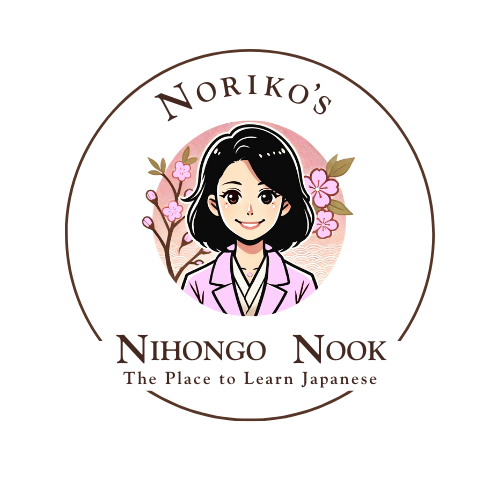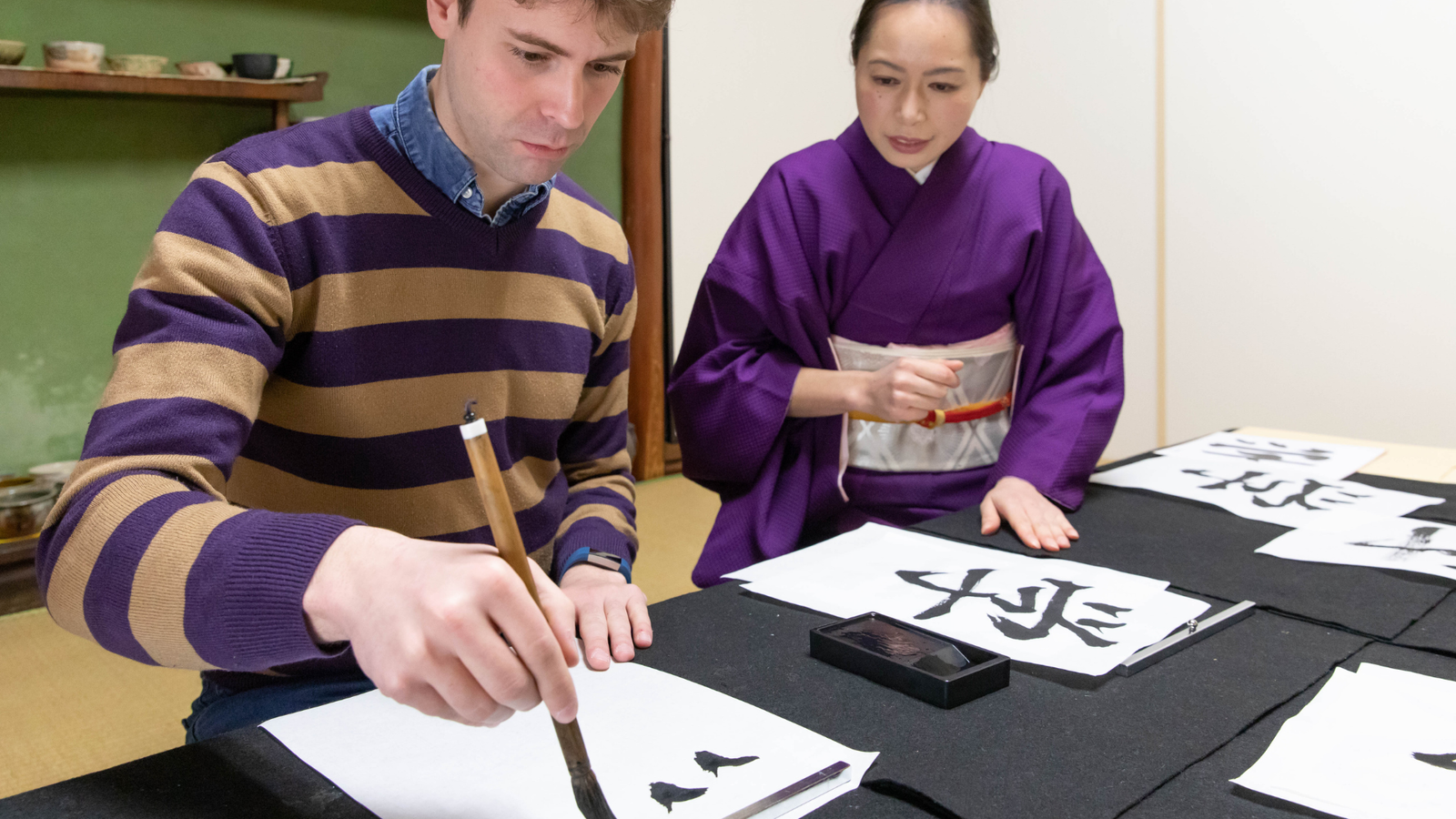Discover
the Rich History of the Japanese Language
From its ancient roots to its modern-day form, Japanese has evolved through centuries of cultural exchange, artistic expression, and social transformation.
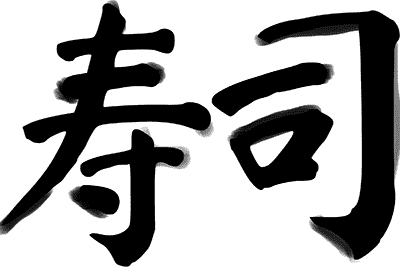
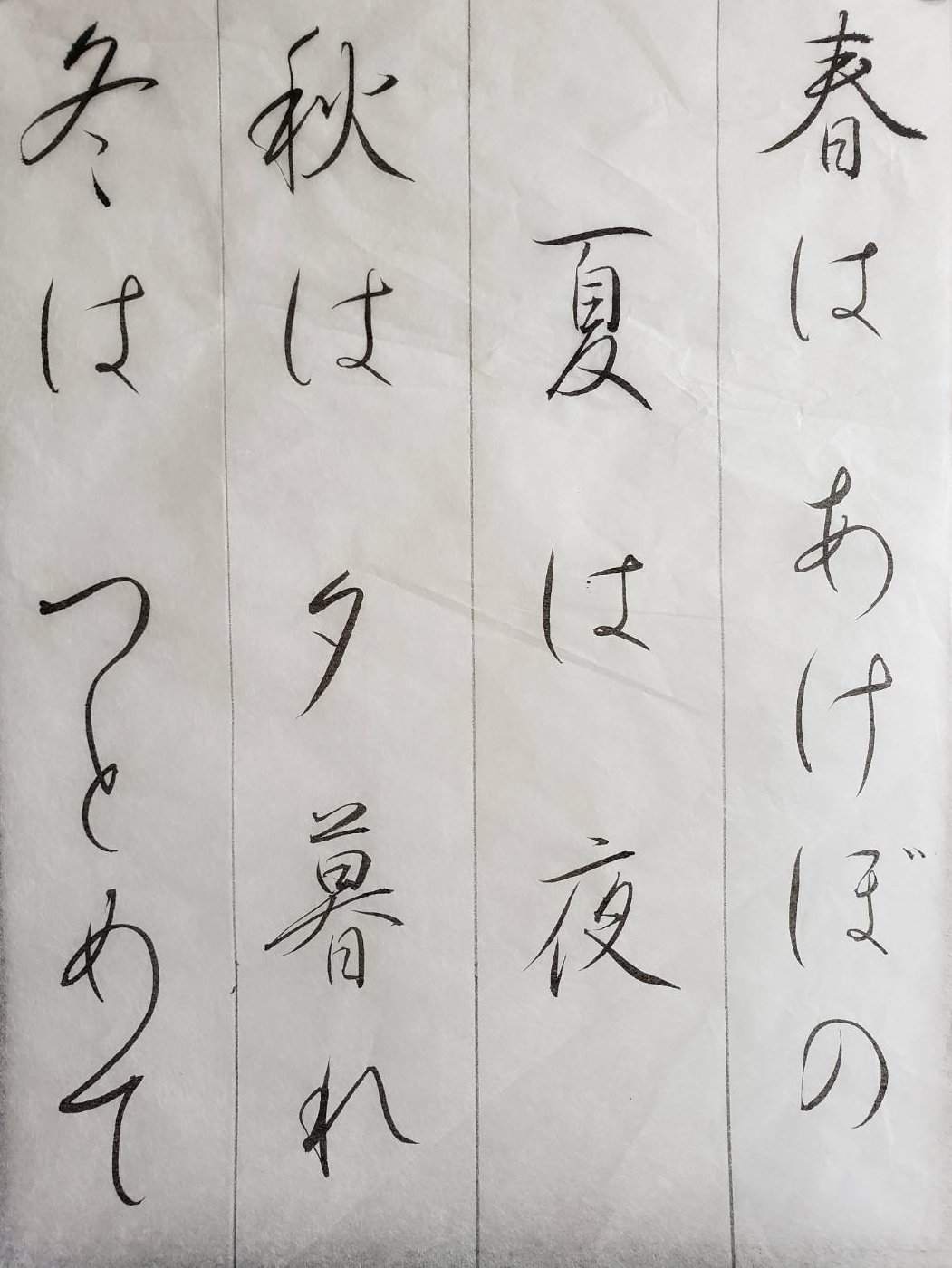
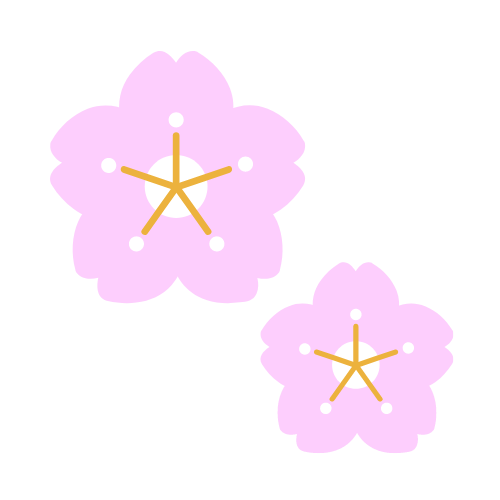
司
“Join me in discovering the depths of Nihongo and uncover the secrets of a language that has captivated scholars, travelers and enthusiats for centuries.”
Why Learn Japanese
Learning Japanese opens a gateway to understanding a culture that seamlessly blends ancient traditions with cutting-edge innovation. From the elegance of traditional tea ceremonies to the excitement of anime and video games, the Japanese language offers a unique lens through which to experience the world. Whether you’re fascinated by history, art, technology, or cuisine, Japanese provides a rich, rewarding journey.
8th Century
Ancient Beginnings
The earliest form of Japanese, known as Old Japanese, can be traced back to the 8th century. This period saw the creation of the first written records, using characters borrowed from Chinese. These early texts, such as the Kojiki (Records of Ancient Matters) and the Nihon Shoki (Chronicles of Japan), are literary treasures that provide a glimpse into Japan’s mythical origins and early societal structures.
794-1185
Heian Period
During the Heian period (794-1185), Japanese culture flourished, and with it, the language evolved. The introduction of kana scripts—Hiragana and Katakana—simplified writing and made literature more accessible. This era produced classic works such as “The Tale of Genji,” often considered the world’s first novel, penned by the noblewoman Murasaki Shikibu.
Late 19th Century
Meiji Restoration
The Meiji Restoration in the late 19th century marked a pivotal moment in Japan’s history, propelling the nation into rapid modernization. This period saw a standardization of the Japanese language to support national unity and education. The 20th century continued this trend, with Japanese adapting to incorporate technological and scientific advancements, making it a language of global significance.
